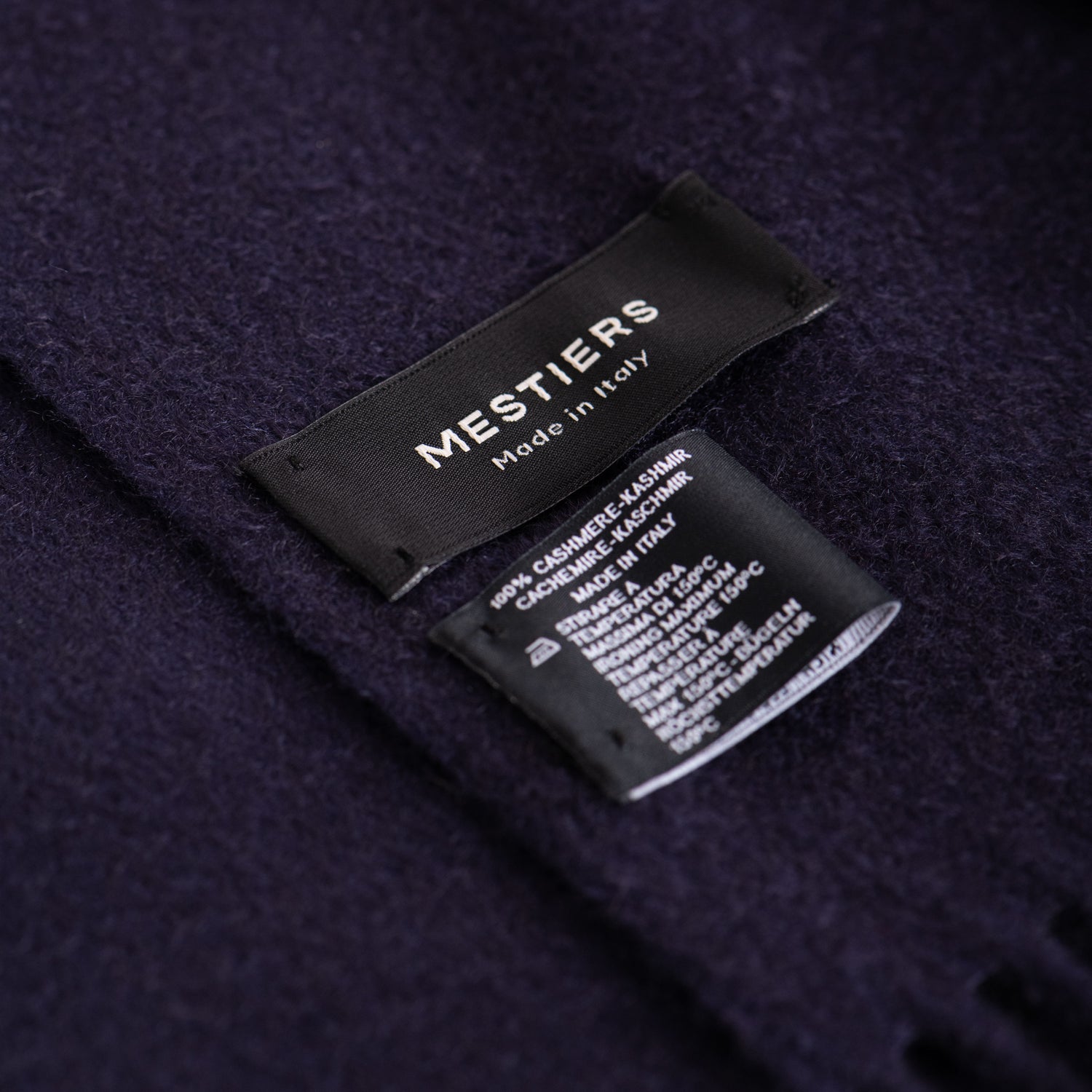Rethinking Packaging: The Quiet Challenge of Sustainability
Running an online business — especially one that involves ceramics — inevitably generates a significant amount of packaging.
We’ve managed to eliminate plastic entirely from our ceramic shipments, opting instead for 100% paper-based materials: kraft bubble wrap, corrugated paper, double-walled cardboard boxes, and paper tape. The traditional polystyrene packing peanuts have been replaced by starch-based alternatives. When you do find polystyrene in your parcels, it’s reused — saved from deliveries we’ve received from suppliers or manufacturers, given a second life rather than discarded.
That said, we’re far from perfect. Our Moroccan ceramics arrive wrapped in plastic bubble wrap, as paper-based alternatives are not yet available locally. We collect and reuse this plastic for clients visiting the store, especially those planning to travel with fragile items. We've also convinced our logistics partner to stop using unnecessary polystyrene sheets during transport from Morocco — the ceramics are shipped stacked high on pallets to optimize truck space, and our breakage rate is low enough to do without the extra foam.
As for our textile shipments, the outer envelopes are still plastic. We’re actively searching for kraft alternatives that can withstand weather and tear. The packaging in which we receive our garments from workshops is made of recycled plastic — another area where we’re exploring paper-based options. On a positive note, the envelopes used for our shipping documents are now fully paper-based.
Packaging is often overlooked, yet it's a major cost for businesses — and for small to medium-sized companies like ours, the market for sustainable options is still constrained by high minimum order quantities. While the packaging industry has made progress and kraft-based options are more accessible in smaller volumes than before, there’s still a long way to go.
More than ever, we encourage you — if you're in Paris or just passing through — to visit us in person. Shopping directly in-store remains the most sustainable option when it comes to packaging, as it significantly reduces the need for protective materials.
Care Instructions: The Importance of Reading Labels
To give any garment or item the best chance to last as long as possible, the care you give it plays a central role once the piece is in your hands. When the products are simple, the instructions for use and care are too. Common sense and gentleness are often enough. We have created a care guide for you, which you can find here.

For textile items, a composition label, along with care instructions, is sewn onto each piece. It is important to read these instructions and, whenever possible, to keep them attached to the garment. If this piece were to be recycled tomorrow, the composition label would provide crucial information for recycling companies, especially those that specialize in recycling fine fibers.
The path to sustainability is full of unexpected insights, challenges, and decisions that impact every aspect of our business. We strive to do our best within what is possible for us to achieve. We stay alert to regulatory and technological advancements that can help us improve. We welcome all your suggestions and advice on the matter. More than ever, our main message about sustainability — though by no means enough — is to always prioritize quality over quantity, and waiting over instant gratification.
